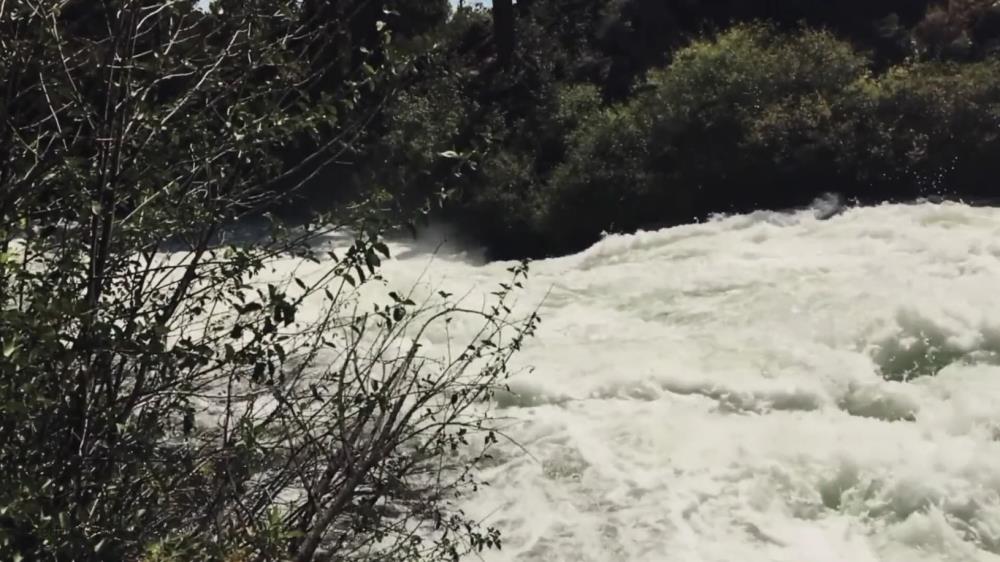
Related items loading ...
Section 1: Publication
Publication Type
Journal Article
Authorship
Pierrat, Z., Nehemy, M.F., Roy, A. et al. incl. Pappas, C., Sonnentag, O.
Title
Tower-Based Remote Sensing Reveals Mechanisms Behind a Two-phased Spring Transition in a Mixed-Species Boreal Forest
Year
2021
Publication Outlet
Journal of Geophysical Research-Biogeosciences, 126, e2020JG006191
DOI
ISBN
ISSN
Citation
Pierrat, Z., Nehemy, M.F., Roy, A. et al. incl. Pappas, C., Sonnentag, O.: Tower-based remote sensing reveals mechanisms behind, Journal of Geophysical Research-Biogeosciences, 126, e2020JG006191,
https://doi.org/10.1029/2020JG006191 , 2021
Abstract
The boreal forest is a major contributor to the global climate system, therefore, reducing uncertainties in how the forest will respond to a changing climate is critical. One source of uncertainty is the timing and drivers of the spring transition. Remote sensing can provide important information on this transition, but persistent foliage greenness, seasonal snow cover, and a high prevalence of mixed forest stands (both deciduous and evergreen species) complicate interpretation of these signals. We collected tower-based remotely sensed data (reflectance-based vegetation indices and Solar-Induced Chlorophyll Fluorescence [SIF]), stem radius measurements, gross primary productivity, and environmental conditions in a boreal mixed forest stand. Evaluation of this data set shows a two-phased spring transition. The first phase is the reactivation of photosynthesis and transpiration in evergreens, marked by an increase in relative SIF, and is triggered by thawed stems, warm air temperatures, and increased available soil moisture. The second phase is a reduction in bulk photoprotective pigments in evergreens, marked by an increase in the Chlorophyll-Carotenoid Index. Deciduous leaf-out occurs during this phase, marked by an increase in all remotely sensed metrics. The second phase is controlled by soil thaw. Our results demonstrate that remote sensing metrics can be used to detect specific physiological changes in boreal tree species during the spring transition. The two-phased transition explains inconsistencies in remote sensing estimates of the timing and drivers of spring recovery. Our results imply that satellite-based observations will improve by using a combination of vegetation indices and SIF, along with species distribution information.
Plain Language Summary
Section 2: Additional Information
Program Affiliations
Project Affiliations
Submitters
Publication Stage
Published
Theme
Presentation Format
Additional Information
Northern-Water-Futures, Refereed Publications


 GWFNet
GWFNet Master
Master Data
Data Research
Research Map
Map
 Advanced
Advanced Tools
Tools
 . . .
. . .
 Metadata Editor
Metadata Editor
 Record List
Record List
 Alias List Editor
Alias List Editor
 Legacy sites
Legacy sites